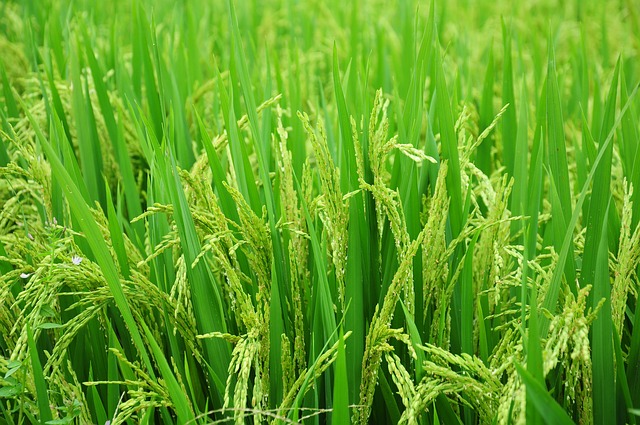The Russian Direct Investment Fund (RDIF), the Abu Dhabi-based strategic investment firm, Mubadala Development Co., and other unnamed investment firms have jointly agreed to terms for two investments in Russia’s food sector of up to US$300 million.
RDIF and Mubadala forged their co-investment relationship when they launched a separate US$2 billion fund in June 2013 for the purpose of making long-term investments across a range of sectors in Russia, with each partner committing $1 billion to the endeavor. Since the launch of this initial partnership, the two have made more than 15 investments through this fund.
The first investment being considered by their newest consortium partnership will be of up to nine billion rubles (US$136.5 million) in AFG National – a Russian agribusiness formed in 2013 through the merging of AF Group, Russia’s largest vertically integrated rice grower and distributor and Angstrem, the country’s largest packaged cereals company. The resulting combined entity holds 22 percent of Russia’s rice production segment and 18 percent of the country’s packaged cereal market.
AFG National, which is also currently working to expand within fruit and vegetable production, will use the funds to expand its land bank, increase the volume of its agricultural production, to build up its agricultural infrastructure, to develop new brands, and to expand its product lines.
Secondly, the consortium has signed a Memorandum of Understanding (MOU) to evaluate a joint investment of approximately 10 million rubles (US$152 million) in Russia’s EFKO Group – one of the top three food groups in the country, and the largest holding company of vegetable oil and fat products in the Eurasian Economic Union. The group also owns Russia’s only deep-water sea terminal for the transshipment of vegetable oils out of the Port of Taman, allowing EFKO to be the top exporting and importing trader of vegetable oils in Russia. Once closed, EFKO would use the proceeds from the investment to fund the expansion of its Middle Eastern, CIS, and Asian markets with an eye toward long-term growth.
“Russian agriculture has huge development potential and is attractive to foreign investors due to the high growth rate in the domestic market and exports,” said Kirill Dmitriev, CEO of RDIF. “The potential investments that RDIF and its international partners have confirmed interest in – the two leading Russian agro-industrial companies – will support the development of AFG National and EFKO, allowing geographic expansion through the launch of new businesses at home and abroad.”
Investment relations between the Gulf region and Russia have been strengthening ever since the West imposed sanctions on Russia in response to that country’s actions in Ukraine, and Russia banned the importation of Western agricultural goods.
Commenting on the cold state of investment co-operation, The National reports that Andrey Sizov, head of SovEcon agriculture consultancy, told CNBC television in Moscow, “Asia and the Gulf region are the only potential investors we still have while Western investors hold back from investments for obvious reasons.”
—
Lynda Kiernan

